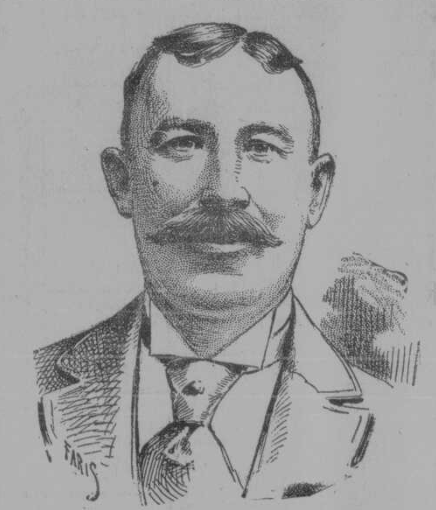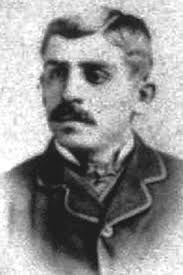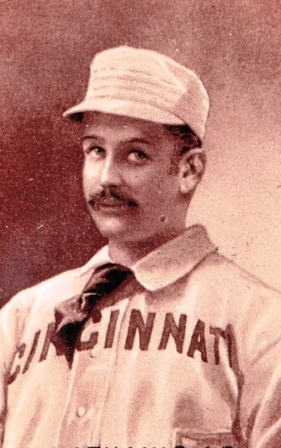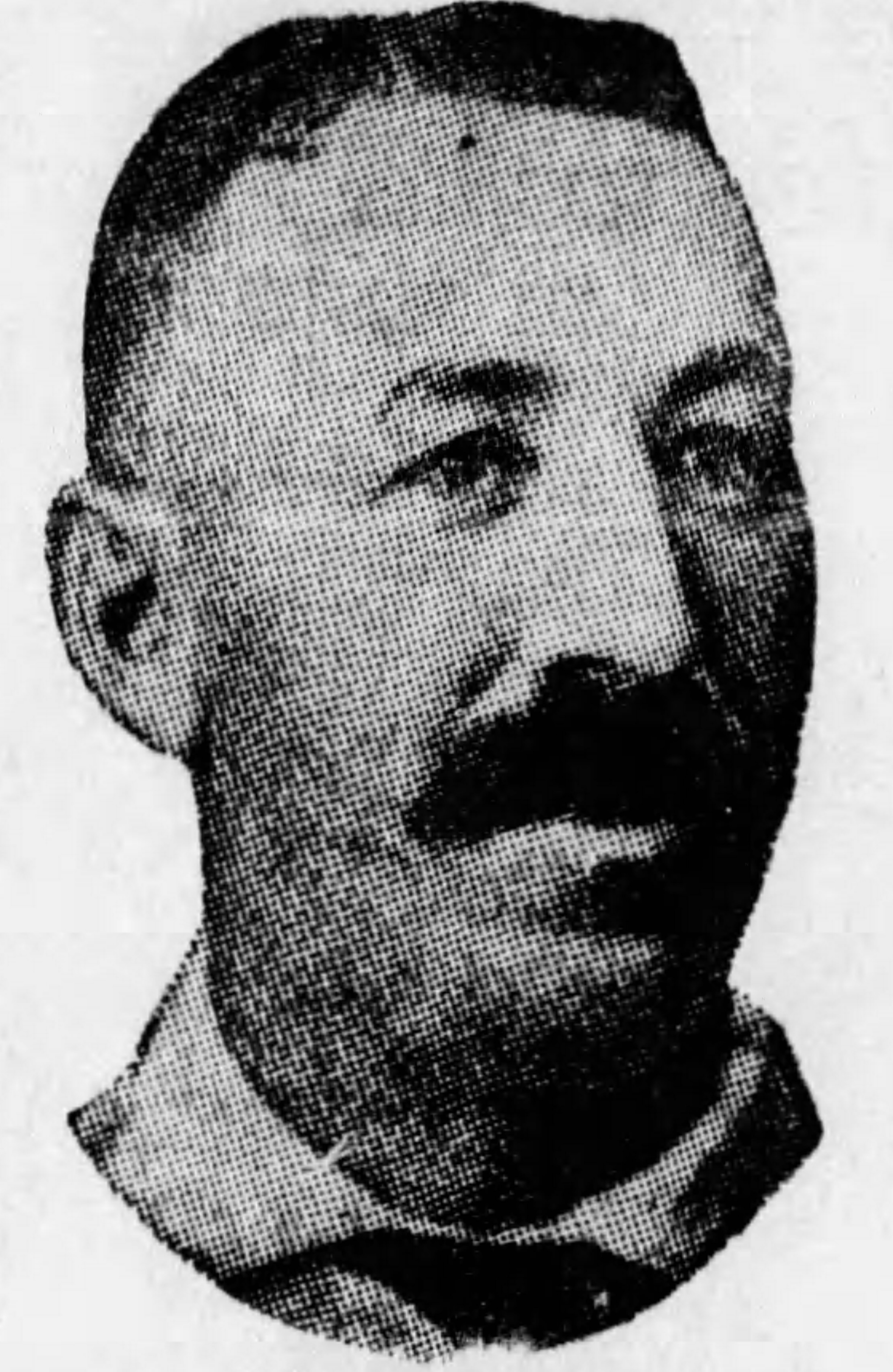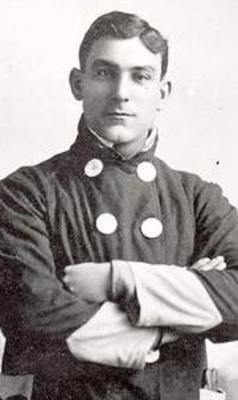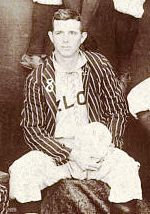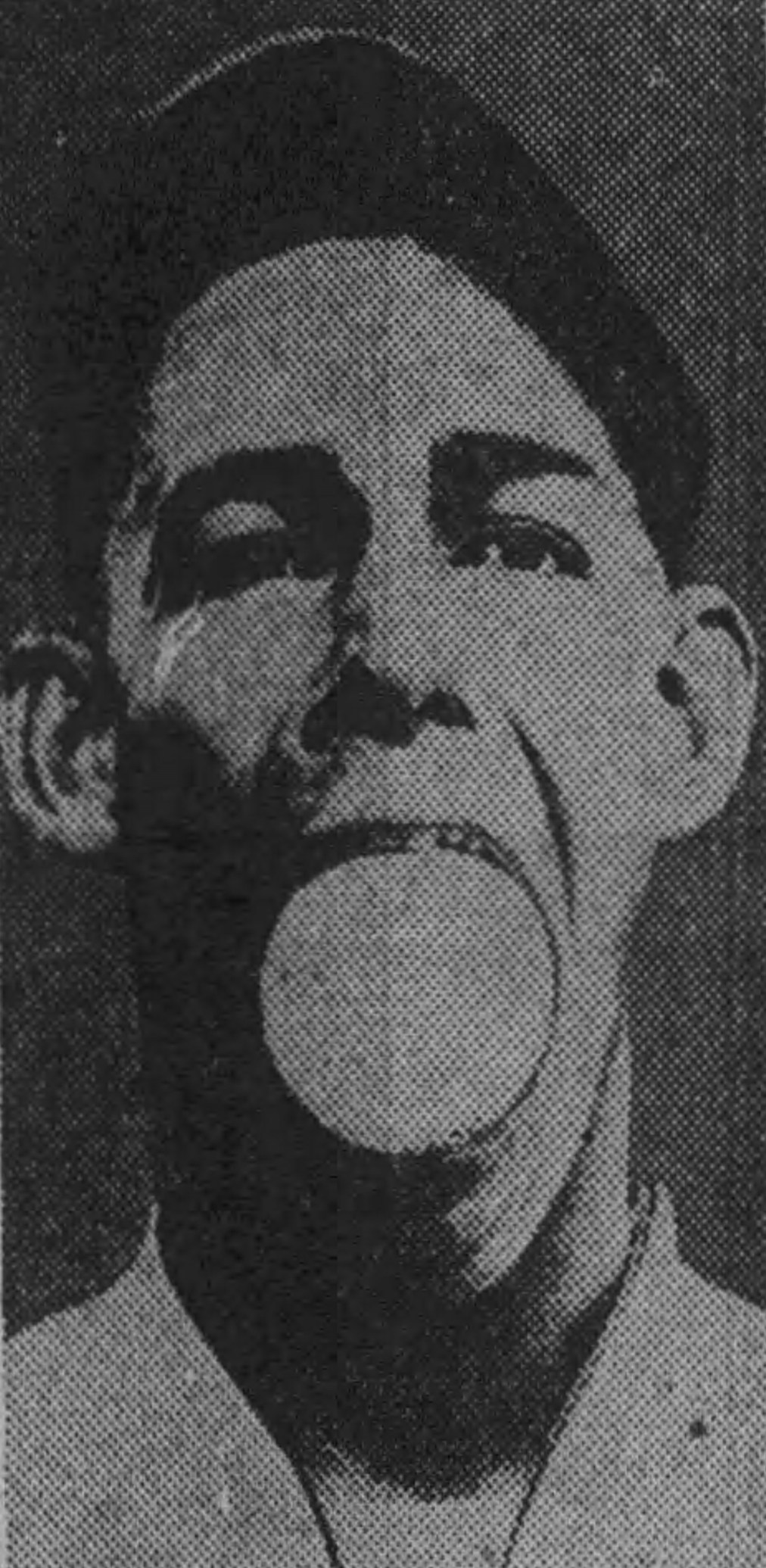Mickey Welch was not happy
In January of 1938, the 78-year-old future Hall of Famer couldn’t believe Joe DiMaggio was seeking a raise to $35,000 for the coming season.
Current salaries were “scandalous,” he told The Associated Press, and having high-salaried players would be “damaging to team spirit,” by making the lesser players jealous.
“’Most I ever got in my life was $4,000 a year,’ he recalled, ‘and that was right at the end of my career. Believe me, I worked for it too. Days I wasn’t pitching I played center field, and in my first year in the National League (with the Troy Trojans in 1880) I had to be at the park an hour or so ahead of time to mind the ‘stile.’”

Besides taking tickets before games in Troy, Welch was joined on the team by another 20-year-old rookie who would also end up in Cooperstown. Welch spent his entire career as a teammate of Buck Ewing; the two played together for Welch’s entire career in Troy and New York.
“Buck Ewing was the greatest catcher who ever lived, was the highest paid man on the team at $3200,”
This was after, “the third year,” the were together in New York; before the 1886 season:
“Buck asked (New York manager Jim) Mutrie for #500, pointing out that he was captain and practically field manager of the team. Mutrie didn’t like it much, but he finally agreed to the raise providing Buck would catch 100 games, which he did.”
Ewing caught 73 games in 1886—he caught 103 in 1888, so Welch either got the number of games wrong, the year wrong, or simply exaggerated. The Spalding Guide said Ewing began earning $3500 in 1886, and then made $4500 in 1888.
Mutrie had just died, on January 24, 1938; and Welch said he couldn’t “imagine what would have happened to their friendship” had he ever held out on his “great pal.”
And, as for the Yankees current holdout:
“This DiMaggio, now, he’s no super player. He’s a low-ball hitter and we would have pitched to him in my day. He never would have seen a ball like that one he knocked out of the park on Cliff Melton.”
DiMaggio hit a home run in game five of the 1937 World Series off of Gants pitcher Melton to give the Yankees a 2 to 0 lead in the third inning—they won the game 4 to 2 and won the series.
Welch summed up his opinion of DiMaggio:
“He’s not half the player that Buck Ewing was.”
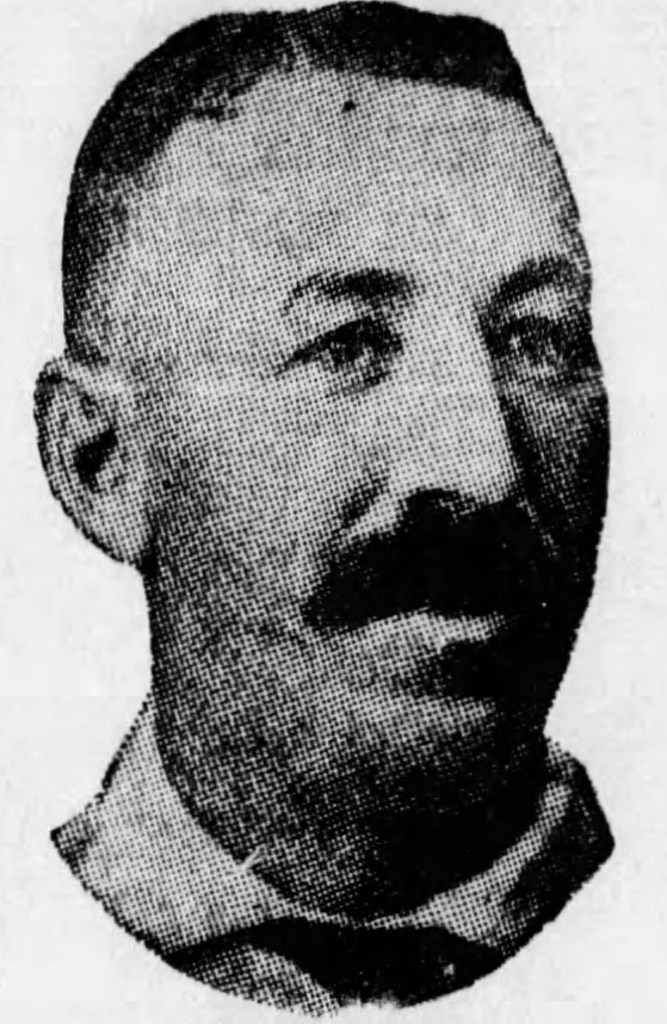
As for Ewing:
“Now all I want to see is Buck Ewing in this baseball Hall of Fame. There’s a man who was 100 years ahead of his time.”





